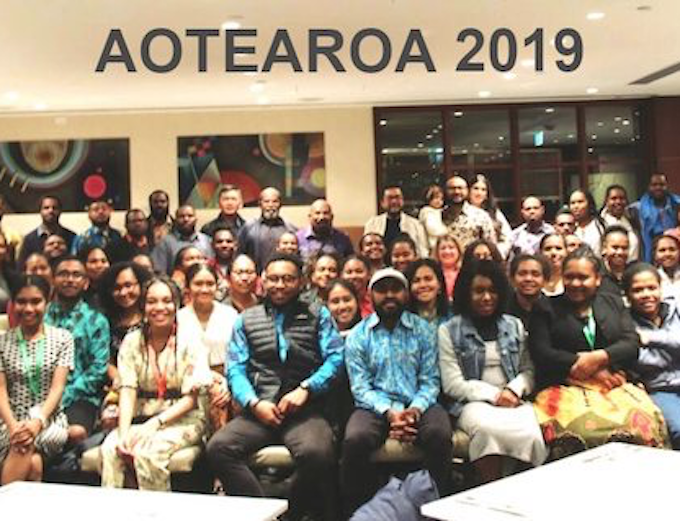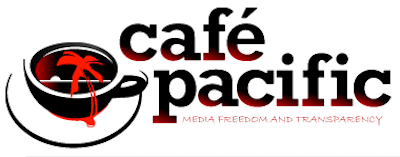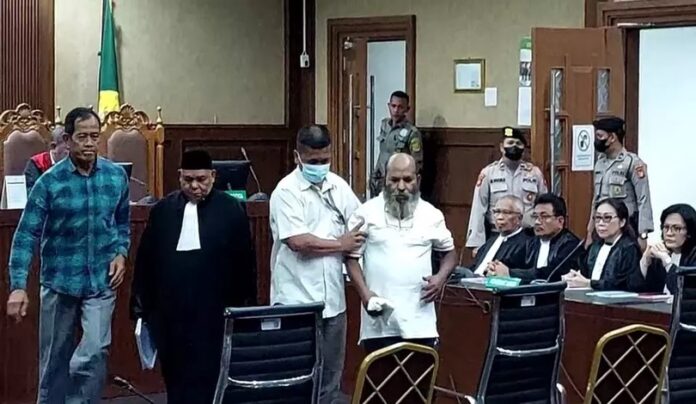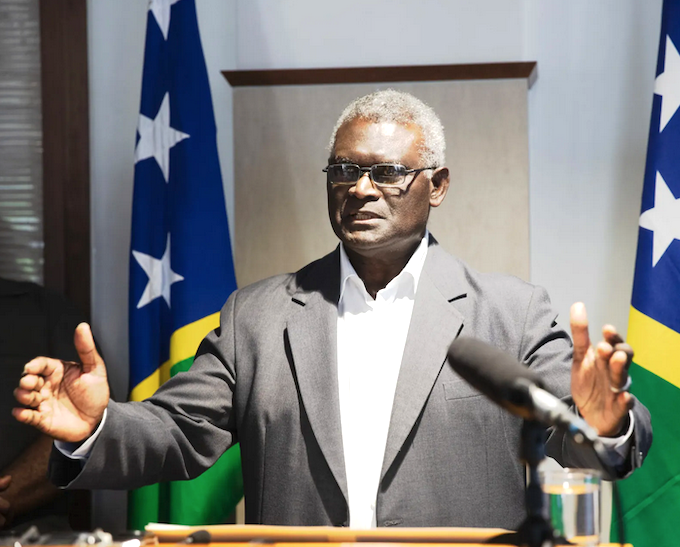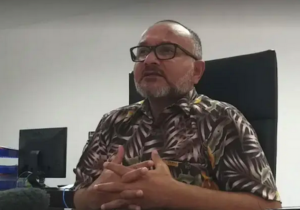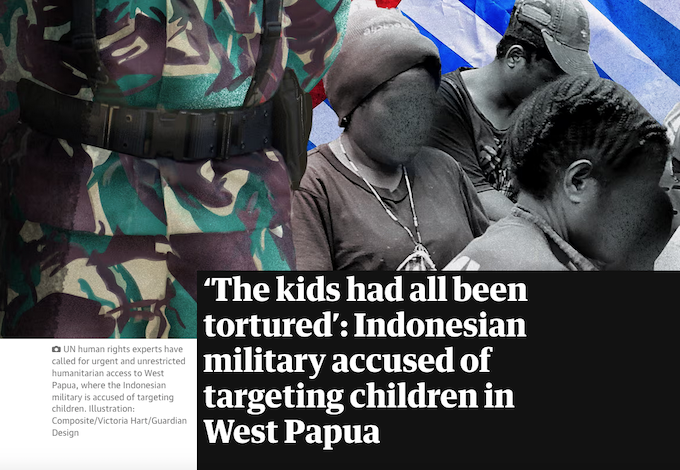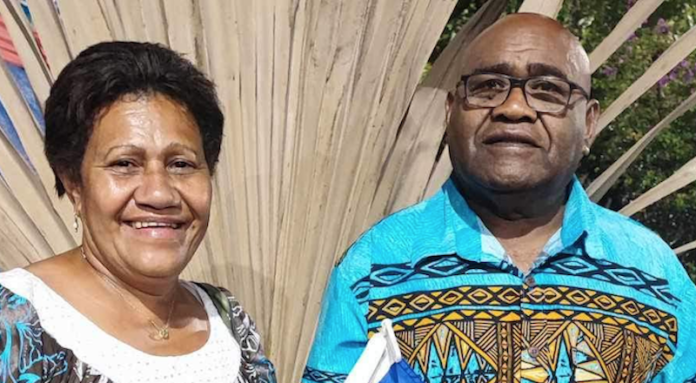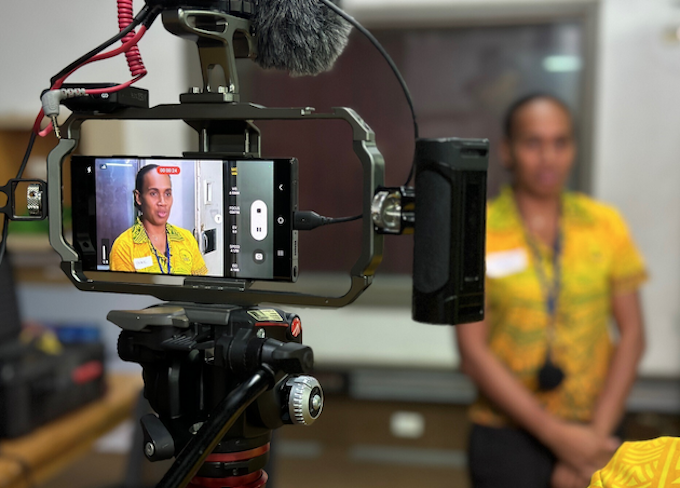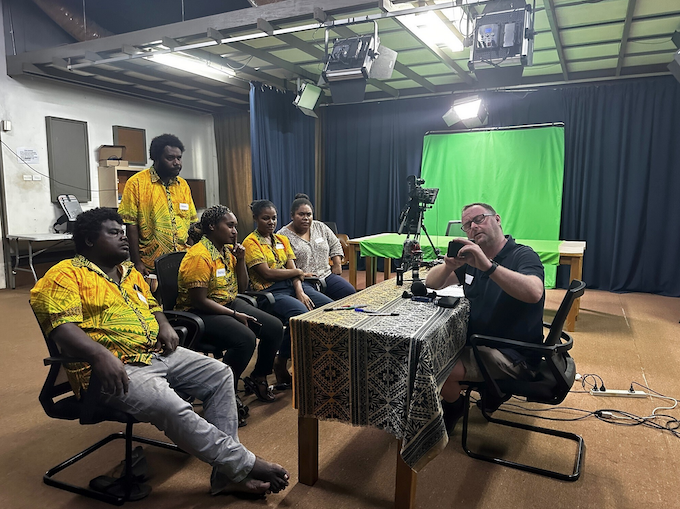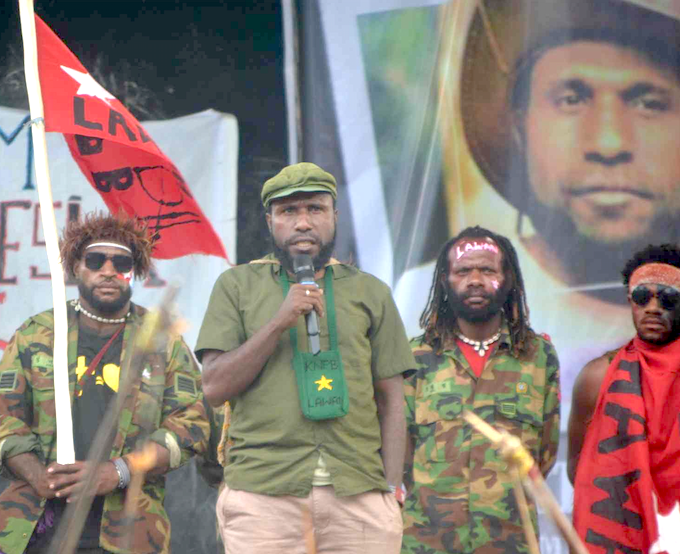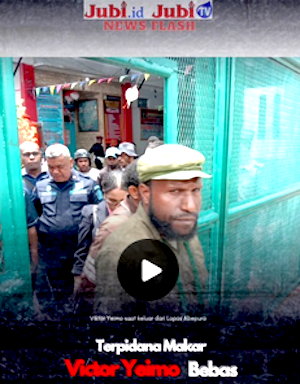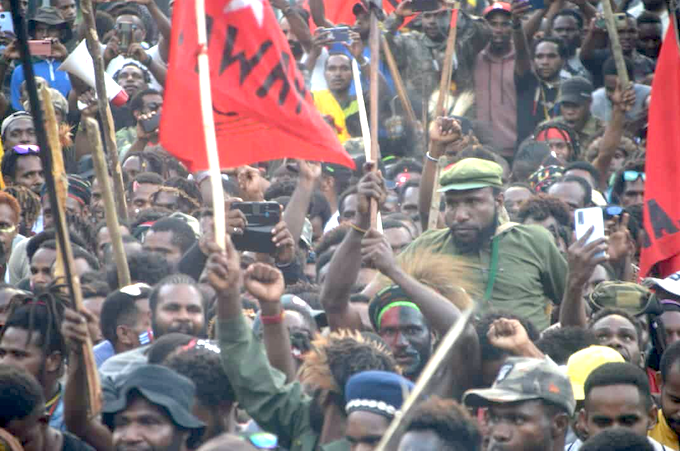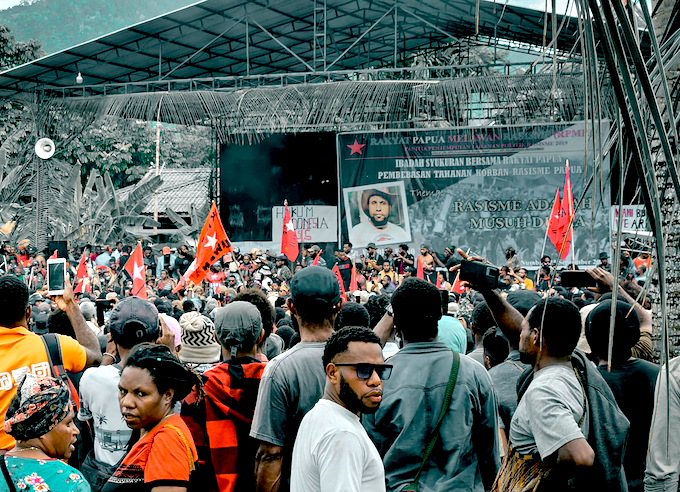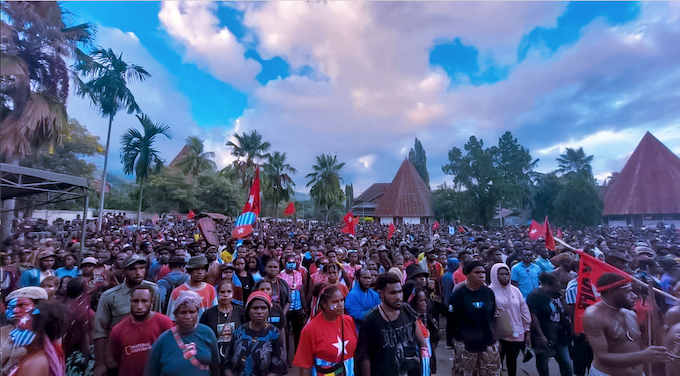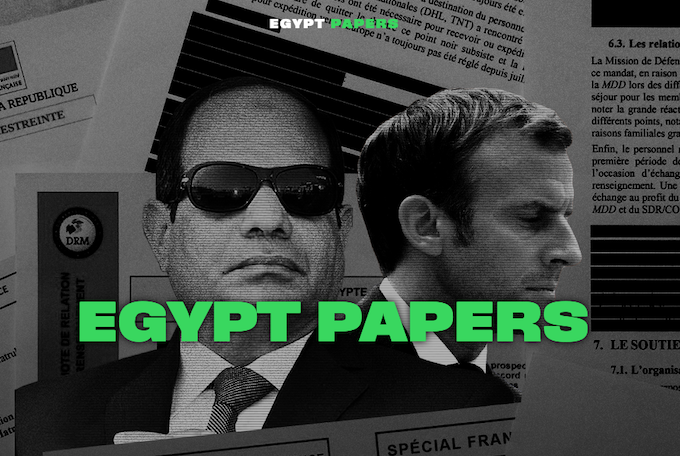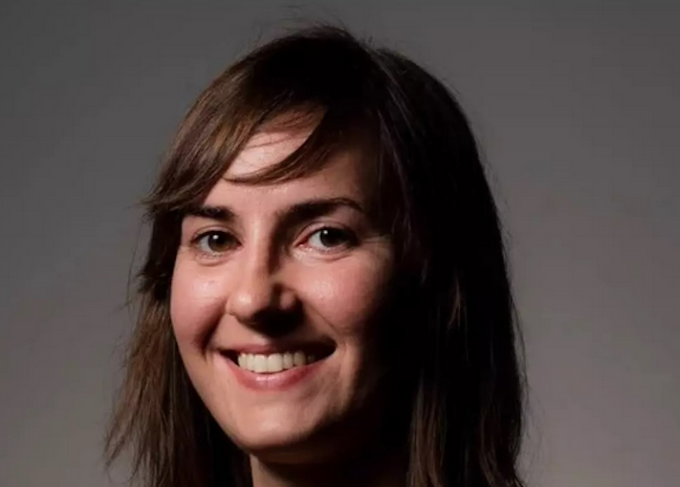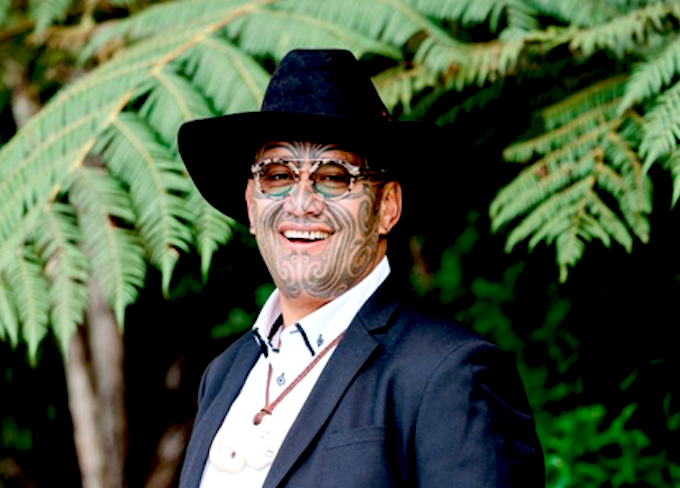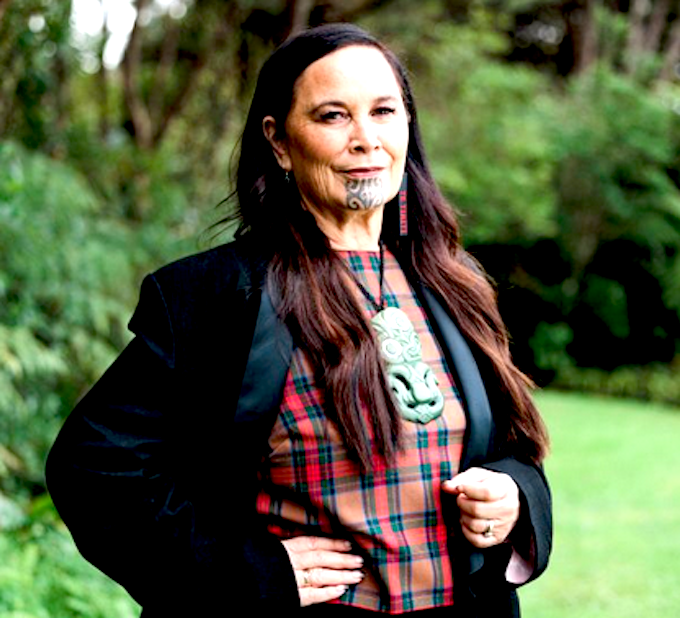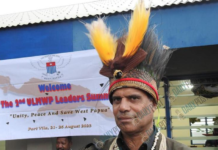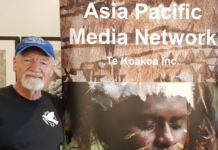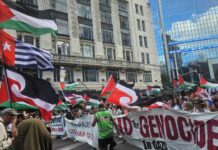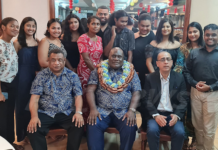SPECIAL REPORT: By Yamin Kogoya
Former Papuan Governor Lukas Enembe has presented his case for the defence, denying the corruption and bribery charges against him, with the end of the controversial and lengthy trial at the Tipikor Court of Jakarta Central District Court this week. The verdict is due on October 9.
During the hearing, Enembe and his legal team argued there was no evidence to support the allegations made by the Anti-Corruption Commission (KPK) prosecutor.
The two-term Papuan governor and his legal team firmly stated that the KPK prosecutors had no evidence in the indictment against him.
In a statement presented by his lawyer, Petrus Bala Pattyona, Enembe strongly denied the allegations of receiving bribes and gratuities from businessmen Rijatono Lakka and Piton Enumbi.
Enembe emphasised that the accusations made against him were “baseless and lacked substantial evidence”.
Enembe maintains innocence
He stated that his case was straightforward, as he was being accused of accepting a staggering amount of 1 billion rupiahs (NZ$100,000) from Rijatono Lakka, along with a hotel valued at 25.9 billion rupiahs (NZ$2,815,000) and a number of physical developments and money amounting to Rp 10,413,929,500.00 or 10.4 billion rupiahs (NZ$1,131,000) from Piton Enumbi, lawyer Pattyona said during the reading, reports Kompas.com.
Enembe maintained his innocence throughout the proceedings and asserted that he had never received any form of illicit payments or favours from either businessman.
The simplicity of Lukas’ case, as stated by his lawyer, Petrus Bala Pattyona, lay in the clarity of the accusations made against his client.
Enembe and his legal team emphasised that none of the testimony of the 17 witnesses called during the trial could provide evidence of their involvement in bribery or gratuities in connection with Lukas Enembe, reports National.okenews.com.
“During the trial, it was proven very clearly that no witness could explain that I received bribes or gratuities from Rijatono Lakka and Piton Enumbi,” Enembe said through his lawyer Pattyona during the hearing, reports Kompas.com.
“I ask that the jury of pure hearts and minds, who have tried my case, may decide on the basis of the truth that I am innocent and therefore acquit me of all charges,” Enembe said.
In addition to asking for his release, Enembe also asked the judge to unfreeze the accounts of his wife and son that were frozen by the authorities when this legal saga began last year.
He claimed his wife (Yulce Wenda) and son (Astract Bona Timoramo Enembe) needed access to their funds to cover daily expenses.
Ex-Governor Enembe also discussed gold confiscated by the KPK, calling on judges to allow its return.
Enembe asked that no party criminalise him anymore. He insisted he had never laundered money or owned a private jet, as KPK had claimed.
Enembe’s lawyer also requested that his client’s honour be restored to prevent further false accusations from emerging.
KPK prosecutor’s demands
However, the public prosecutors of the KPK considered Lukas Enembe legally and conclusively guilty of corruption in the form of accepting bribes and gratuities when he served as Governor of Papua from 2013 to 2023.
The prosecutors alleged that there was evidence that Lukas Enembe had violated Article 12 letter A and Article 12B of the Law of the Republic of Indonesia No. 31 of 1999 concerning the Eradication of Corruption Criminal Acts and Article 55 paragraph. (1) of I of the Criminal Code jo Article 65, clause (1), of the Criminal Code, reports Beritasatu.com.
In addition to corporal crime, the prosecution is seeking a fine of Rp 1 billion for Enembe and want a court order for him to pay Rp 47,833,485,350 or 47.9 billion rupiah (NZD$5,199,000) in cash, accusing him of accepting bribes totalling Rp 45.8 billion and gratuities worth 1 billion, reports Kompas.com.
A verdict date is set
The Jakarta Criminal Corruption Court panel of judges is scheduled to read the verdict in the case against Enembe on 9 October 2023.
“We have scheduled Monday, October 9, 2023, for the reading of the verdict against the defendant Lukas Enembe,” said presiding judge Rianto Adam Pontoh yesterday at the Central Jakarta District Court after undergoing a hearing of the readings, reports CNN.com.
The date marks an important milestone in the trial as it will bring clarity to the charges against Enembe. The outcome of the judgement will have a profound impact on Enembe’s future and the public perception of his integrity and leadership, and most importantly, his deteriorating health.
Former Governor’s health
Previously, the KPK prosecutor had requested a sentence of 10 years and six months in prison.
Enembe’s senior lawyer, Professor OC Kaligis, argued that imprisonment of Enembe for more than a decade would be tantamount to the death penalty due to the worsening of his illness, calling it “brutal demands” of the KPK prosecutors.
“The defendant’s health condition when examined by doctors at Gatot Soebroto Army Central Hospital (RSPAD) showed an increasingly severe illness status. So we, legal counsel, after paying attention to the KPK Public Prosecutor’s concern for the defendant’s illness, from the level of investigation to investigation, concluded that the KPK Public Prosecutor ignored the defendant’s human rights for maximum treatment.
“With such demands, the KPK Public Prosecutor expects the death of Lukas Enembe in prison,” said Professor Kaligis, reports mambruks.com.
Lukas Enembe’s life
Former Governor Lukas Enembe was born on 27 July 1967 in Mamit village, Kembu Tolikara, Papua’s highlands. He graduated from Sam Ratulangi University, Manado, in 1995, majoring in socio-political science.
After returning to West Papua, he began his public service career in the civil service of Merauke district.
Enembe studied at Christian Cornerstone College in Australia from 1998 to 2001. In 2001, he returned to West Papua and ran for the regency election, becoming the deputy regent of Puncak Jaya.
In 2007, he was elected as the regent of Puncak Jaya.
Enembe served as the Governor of Papua from 2013 to 2018 and was re-elected for a second term from 2018 to 2023.
His tenure focused on infrastructure development and cultural unity in West Papua, leading to landmark constructions such as a world-class stadium and a massive bridge.
He also introduced a scholarship scheme, empowering hundreds of Papuan students to pursue education both locally and abroad — such as in New Zealand which he visited in 2019.
Enembe’s achievement as the first Highlander from West Papua to become governor is a groundbreaking milestone that challenged long-held cultural taboos.
His success serves as an inspiration and symbolises the potential for change and unity in the region.
His ability to break cultural barriers has significantly impacted the development of West Papua and the collective mindset of its people, turning what was once regarded as impossible into possibilities through his courage and bravery.
The fact that he is still holding on despite serious health complications that he has endured for a long time under Indonesian state pressure is widely regarded as a “miracle”.
One could argue that West Papua’s predicament as a whole is mirrored in Enembe’s story of struggle, perseverance, pain, suffering, and a will to live despite all odds.
Yamin Kogoya is a West Papuan academic who has a Master of Applied Anthropology and Participatory Development from the Australian National University and who contributes to Asia Pacific Report. From the Lani tribe in the Papuan Highlands, he is currently living in Brisbane, Queensland, Australia.
